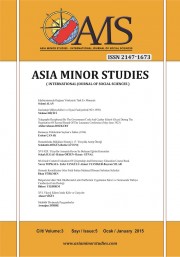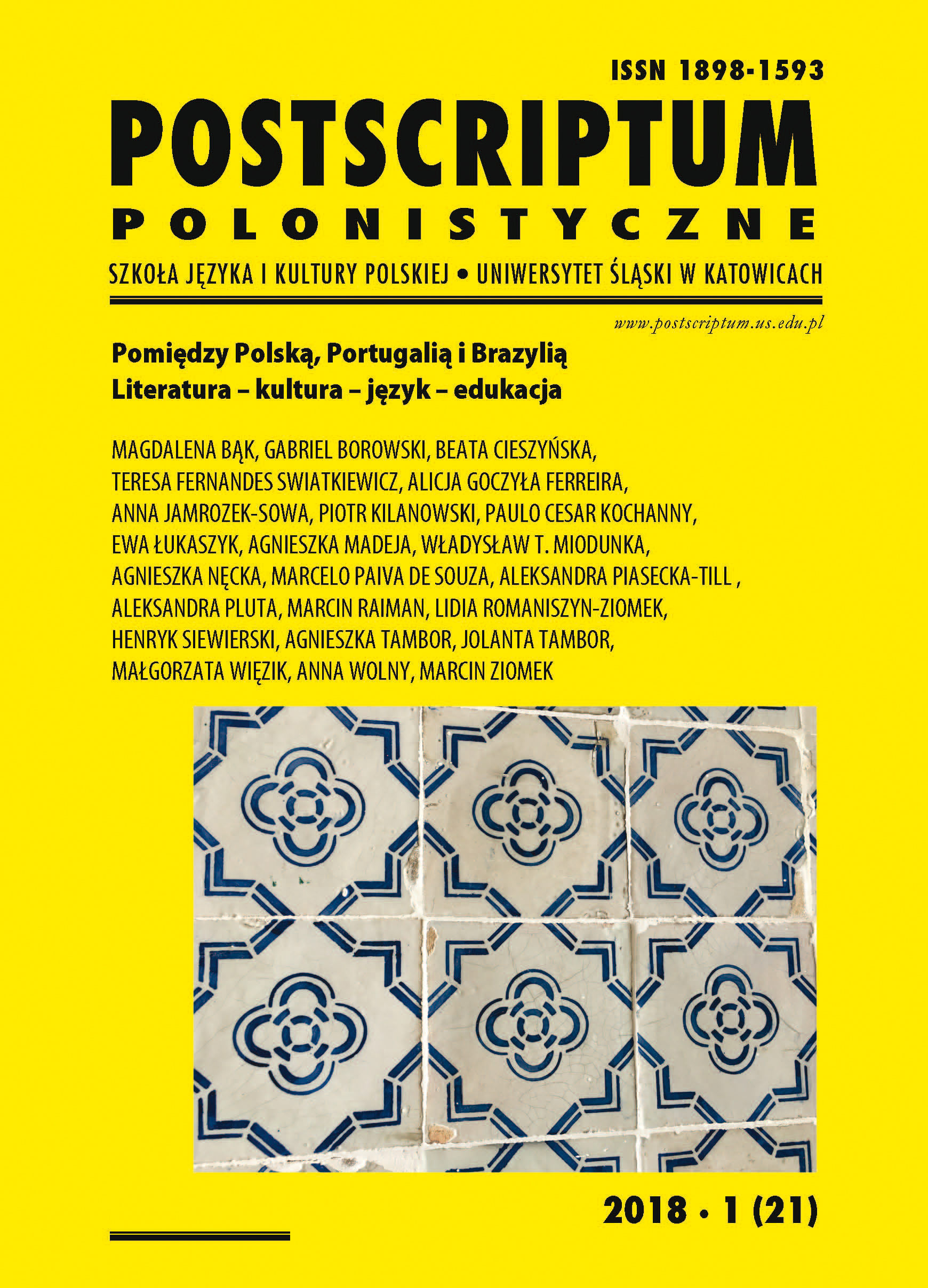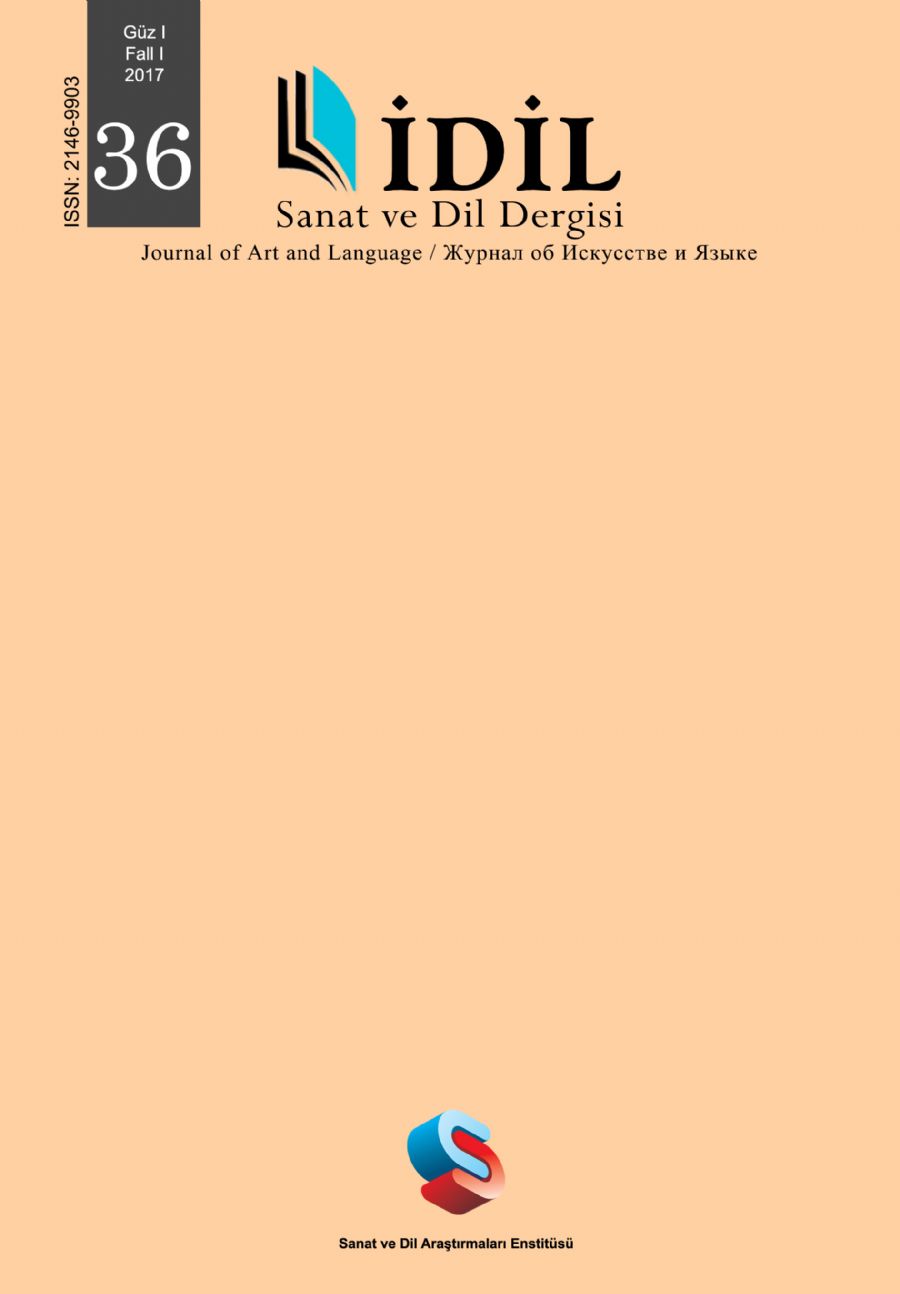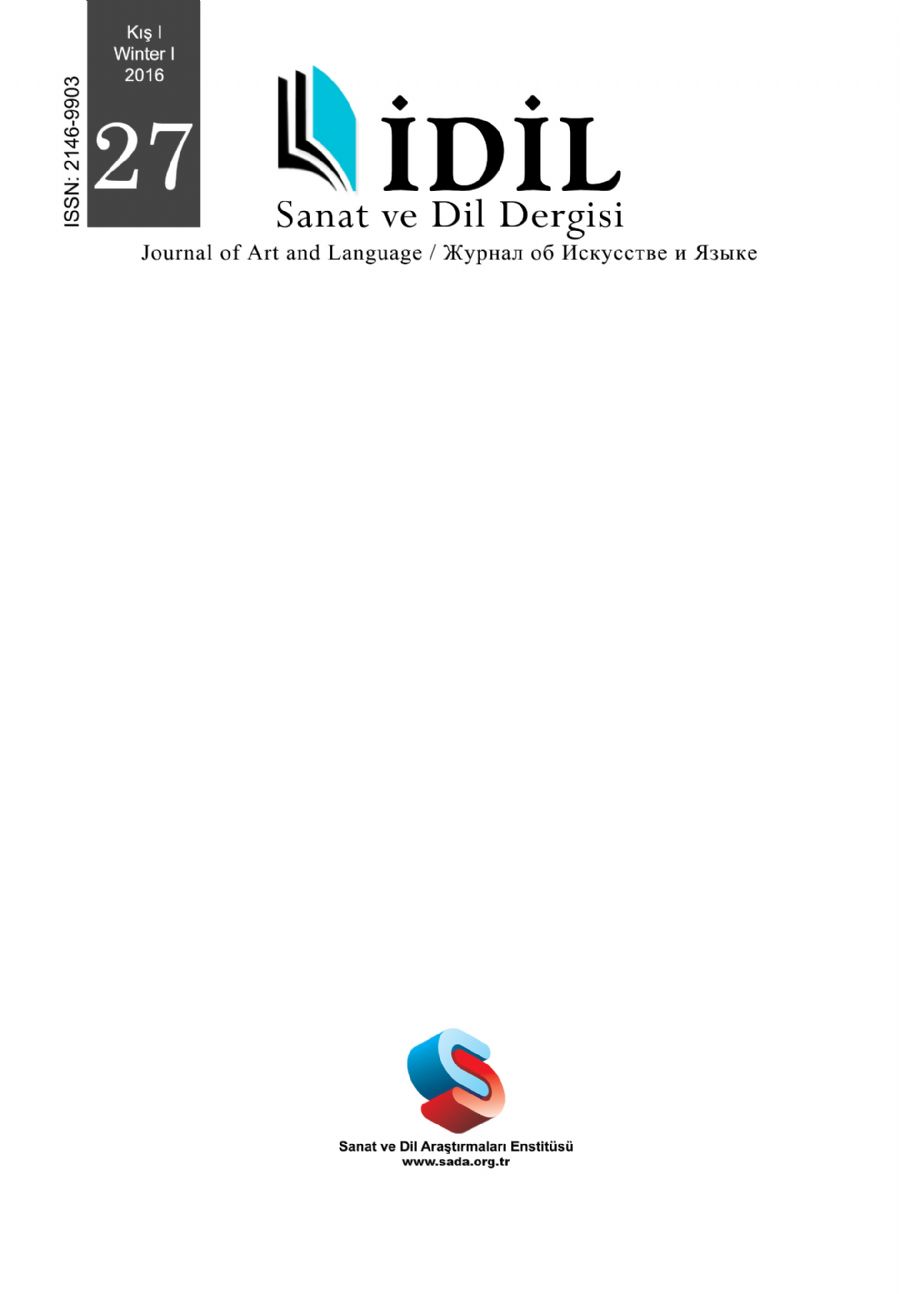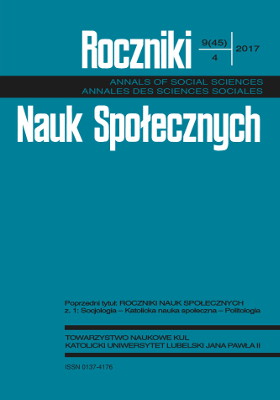
Ontologia społeczna literatury religijnej – mikroświaty siostry Faustyny Kowalskiej i problem rzeczywistości
The subject of the analysis is the text written by Sister Faustyna Kowalska entitled Diary: Divine Mercy in My Soul, which has the characteristics of an intimate journal of a non- professionalist. I am using the theoretical concept of Alfred Schütz to present the sub-worlds of an acting individual. My thesis sounds as follows: The Diary can be treated from the perspective of phenomenological sociology as a record of the world of the nun’s action, which experiences the discovery of a vocation, communicating within various sub-universes. The basic area for her is the religious sub-world. According to the project of social ontology, I am looking for general truths regarding forms of social existence. Sister Faustyna was canonized in 2000. The Diary is now considered to be the most frequently translated work written in Polish.
More...
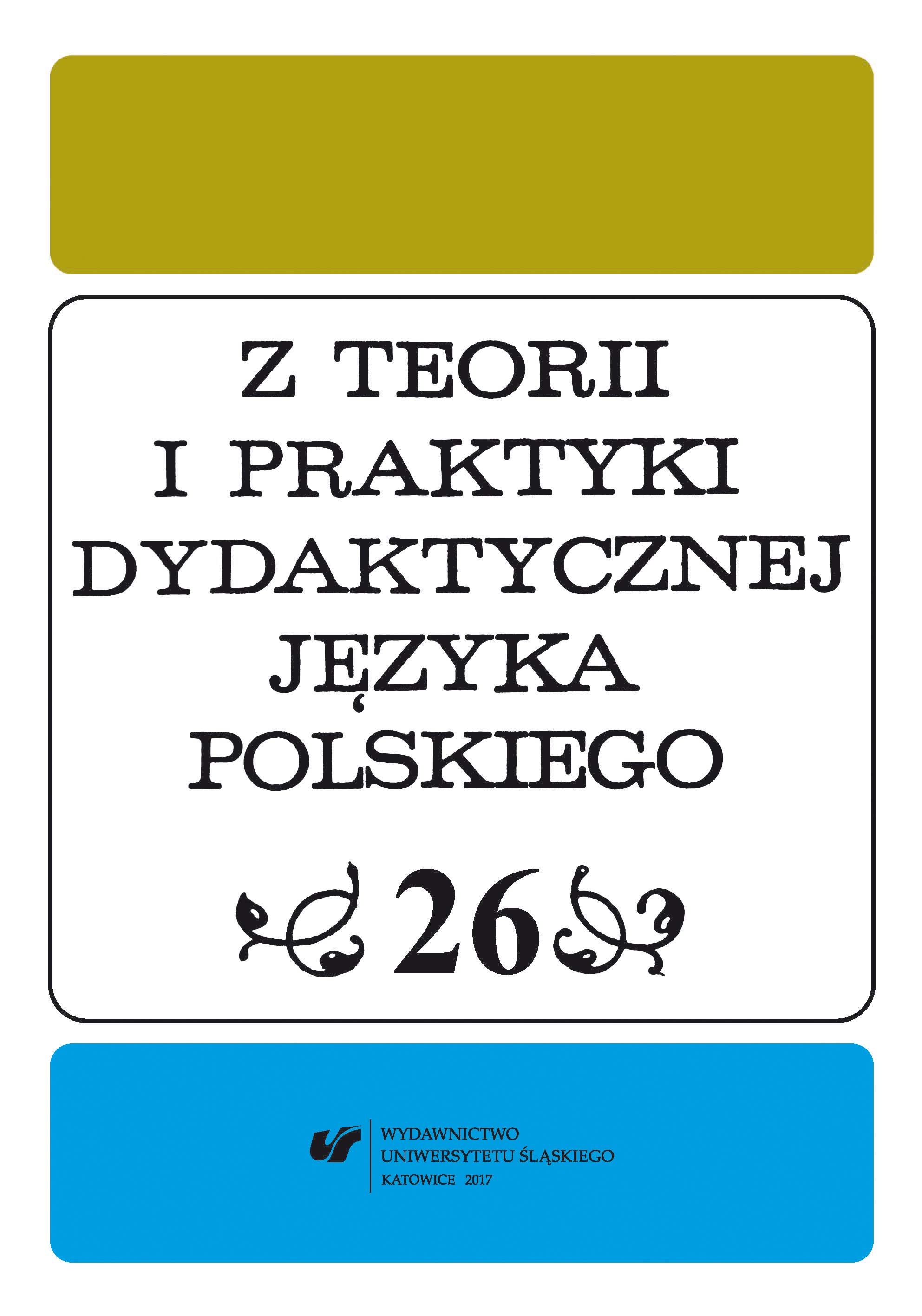
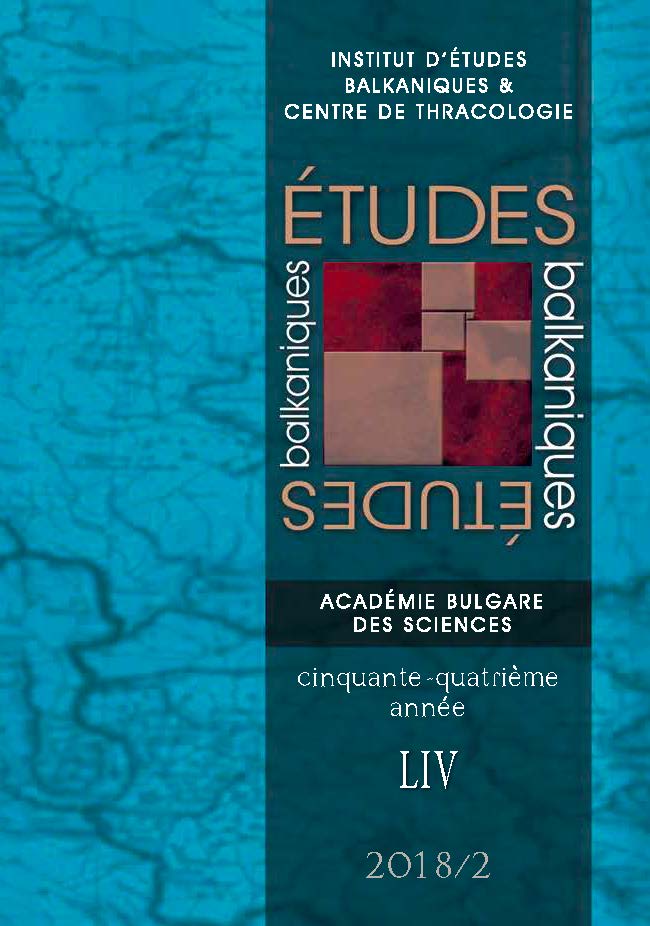
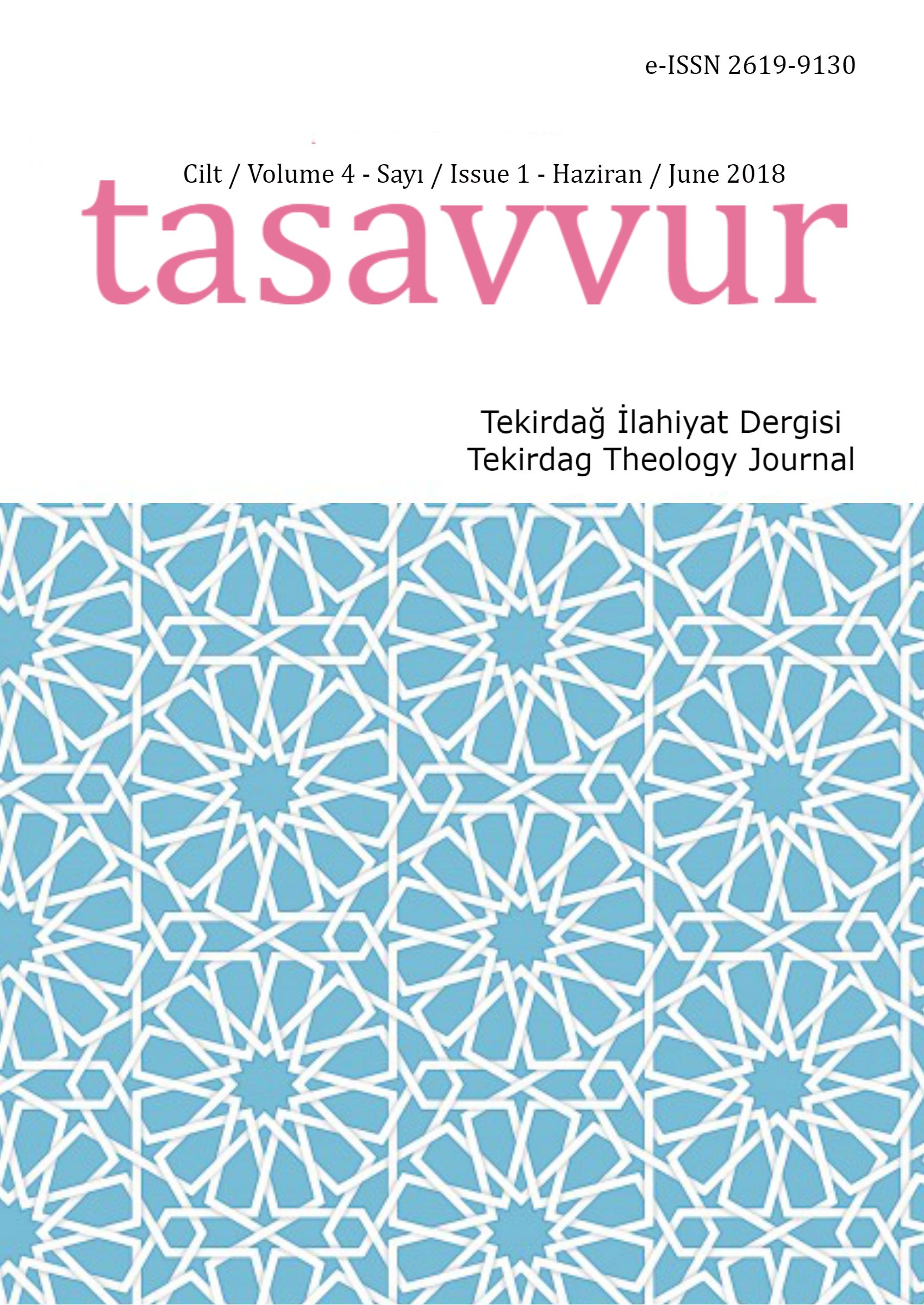
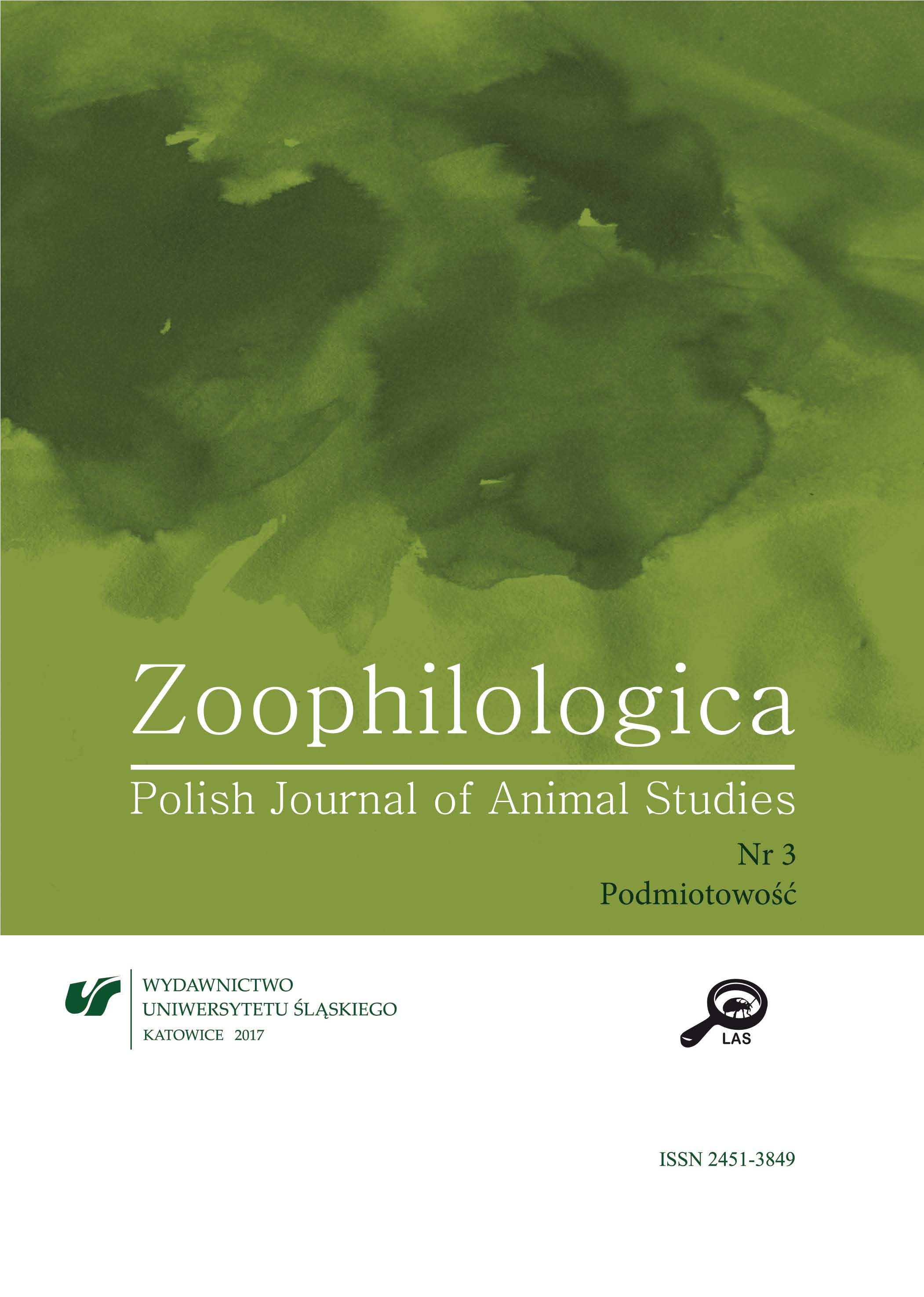
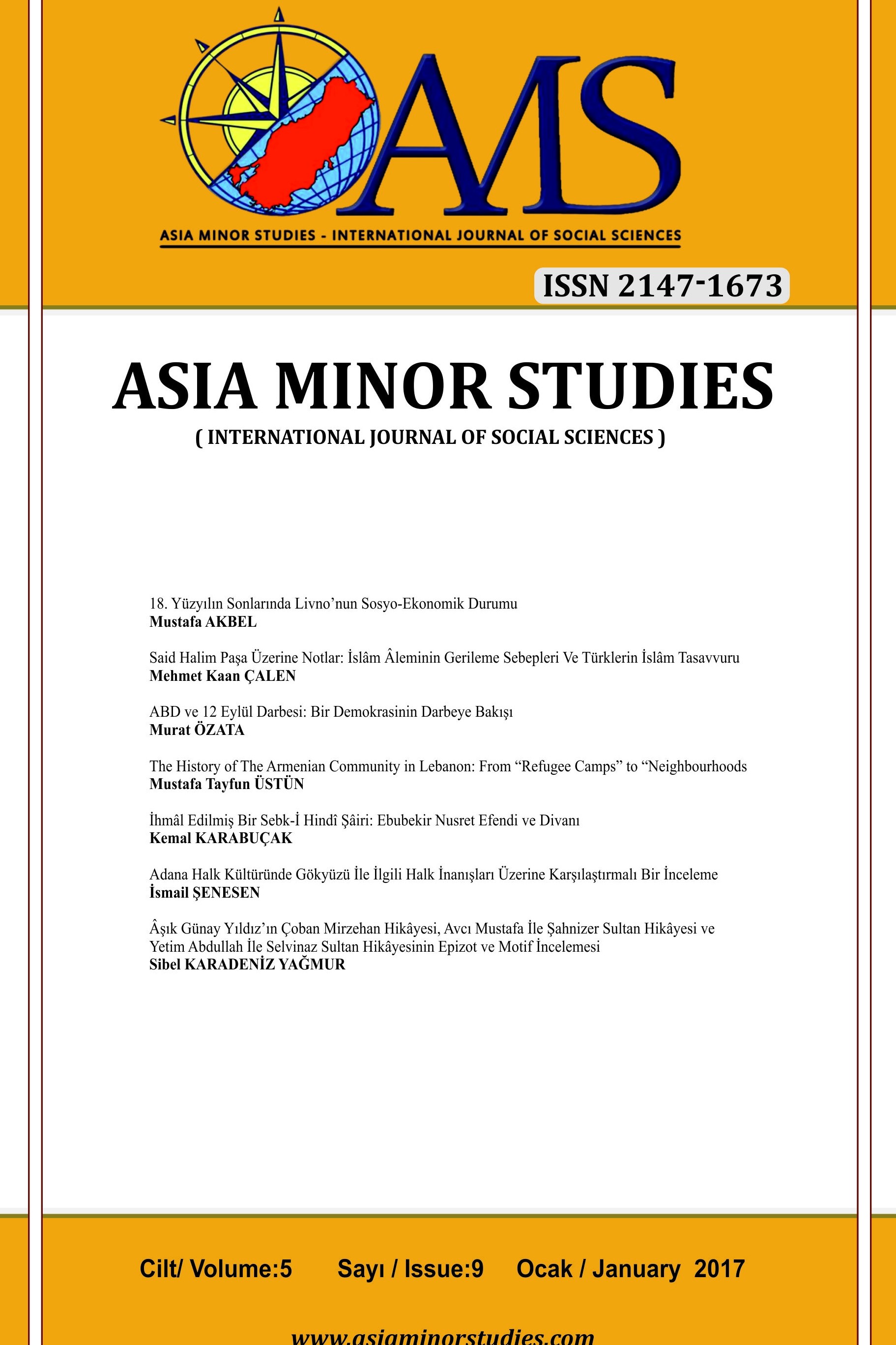
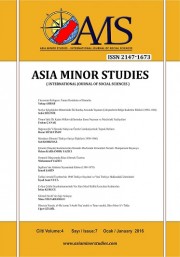
![Поетика українських перекладів Вергарна [Рецензія на книгу: Кравець Я. Український Еміль Вергарн (критика, перегуки, переклади)]. – Львів : Тріада плюс, 2016. – 344 с.]](/api/image/getissuecoverimage?id=picture_2017_38495.jpg)
